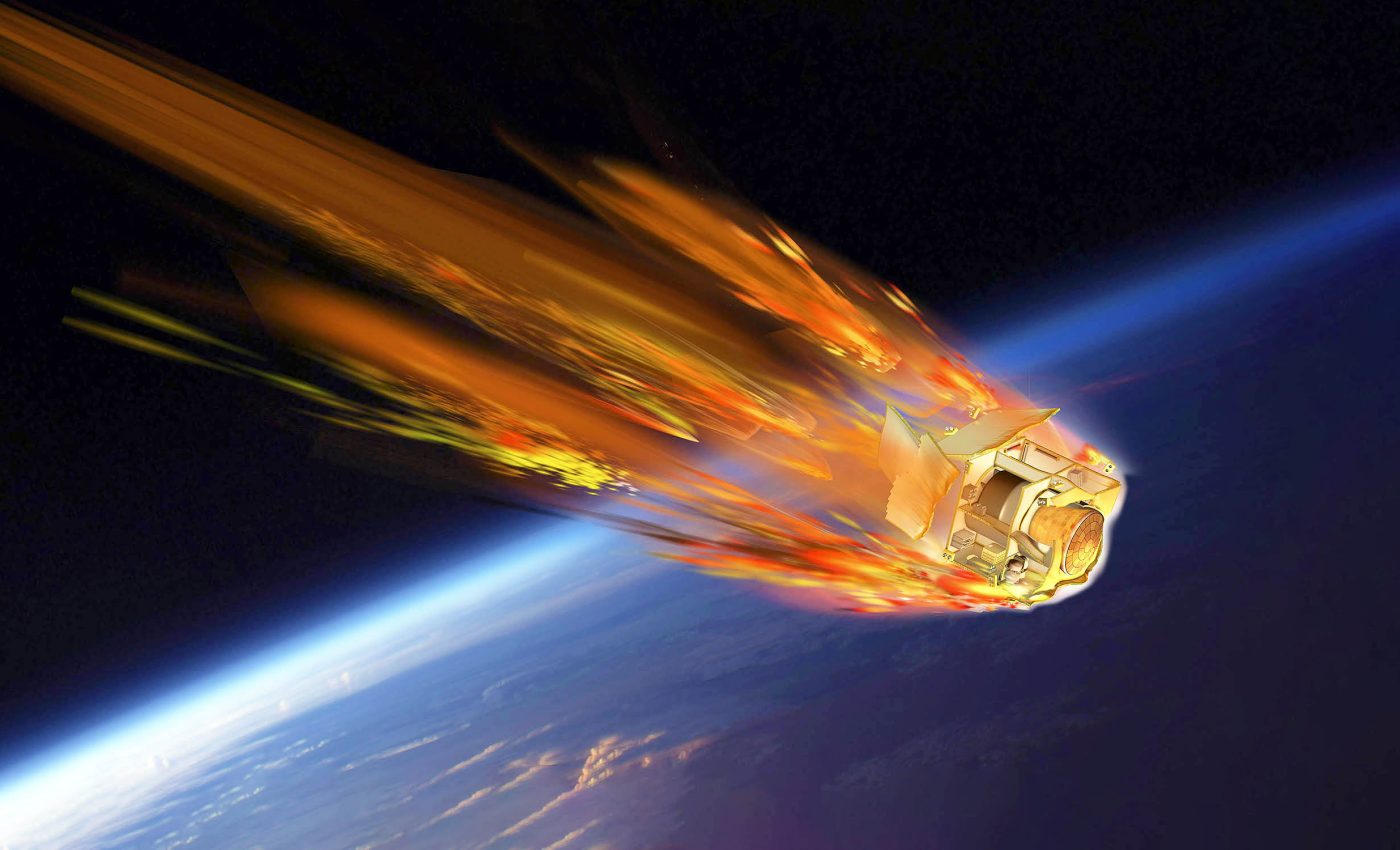
Draco mission spacecraft is built for spectacular destruction
Draco, the European Space Agency’s (ESA) Destructive Reentry Assessment Container Object mission, aims to solve one of space’s enduring mysteries: what exactly happens to defunct satellites during their fiery descent back to Earth.
This unique mission will gather crucial data on satellite reentries, helping scientists better understand the process while contributing to ESA’s broader goal of environmental stewardship in space.
Cleaning up space, one reentry at a time
The issues of space debris are becoming increasingly pressing.
Keeping Earth’s orbits clean and devoid of expired satellites is a necessary step to prevent the creation of more space debris.
The European Space Agency has committed to an ambitious initiative, dubbed the “Zero Debris Approach,” to combat this issue, aiming to halt the creation of space debris by 2030.
“Reentry science is an essential element of the design for demise efforts,” explains Holger Krag, ESA’s Head of Space Safety.
“We need to gain more insight into what happens when satellites burn up in the atmosphere as well as validate our re-entry models.”
The science of spacecraft reentry
“That’s why the unique data collected by Draco will help guide the development of new technologies to build more demisable satellites by 2030,” adds Krag.
Another crucial aspect of this research is its potential to advance our understanding of how reentries impact Earth’s atmosphere, especially as the frequency of launches and reentries increases.
By studying how spacecraft materials disintegrate at high altitudes, ESA scientists aim to develop more sustainable designs that reduce harmful by-products.
Challenge of reentry simulations
While it is challenging to collect data from a satellite throughout its destruction, it is currently impossible to recreate the exact circumstances on the ground.
“Even if it’s hard to get data from a satellite throughout its destruction, it is currently impossible to recreate the exact circumstances on the ground,” says Stijn Lemmens, Draco’s project manager at the ESA Space Debris Office.
He elaborates, “We can use experimentation to test various materials and elements of a spacecraft in wind tunnels at a limited scale. But it’s not yet possible to faithfully mimic the incredible velocity, amount of force, and motions of an uncontrolled reentry.”
Birth of the Draco mission
The Draco mission spacecraft is designed to be an average low-Earth orbit spacecraft, equipped with sensors and cameras that can collect data as the satellite disintegrates.
“Draco needs to be an average low-Earth orbit spacecraft to make it a representative reentry,” Lemmens adds. “We equip it with sensors and cameras sturdy enough to collect data as long as possible as the satellite burns up.”
Draco’s capsule must also be indestructible, withstanding the violent destruction process and protecting the system as it transmits data.
Lemmens compares the capsule to “an octopus,” with cables extending from it to sensors that record temperatures, pressure, and strain on the spacecraft’s parts.
Draco mission’s short life
The final Draco satellite, weighing about 200 kg and the size of a washing machine, will not have a propulsion system nor connected navigation and communication systems.
Its mission is to mimic an average reentry as much as possible, using the steering capabilities of its rocket for a swift reentry.
After no more than 12 hours in orbit, Draco will begin its fiery descent, with its 200 sensors and four cameras recording the event.
Once the satellite has burned up, the 40 cm capsule will deploy a parachute, stabilize, and connect to a geostationary satellite to transmit its collected data.
“Draco will shine a light on many of the unknowns during satellite reentries,” says Tim Flohrer, Head of the ESA Space Debris Office.
“It will get us out of the chicken-and-egg loop and create a different data set to calibrate our systems and models, advancing the implementation of zero-debris technologies.”
By shedding light on satellite reentries, Draco promises to redefine our understanding of the reentry process, assist in designing more sustainable satellites, and play a crucial role in ESA’s mission to achieve zero space debris.
—–
Like what you read? Subscribe to our newsletter for engaging articles, exclusive content, and the latest updates.
Check us out on EarthSnap, a free app brought to you by Eric Ralls and Earth.com.
—–












